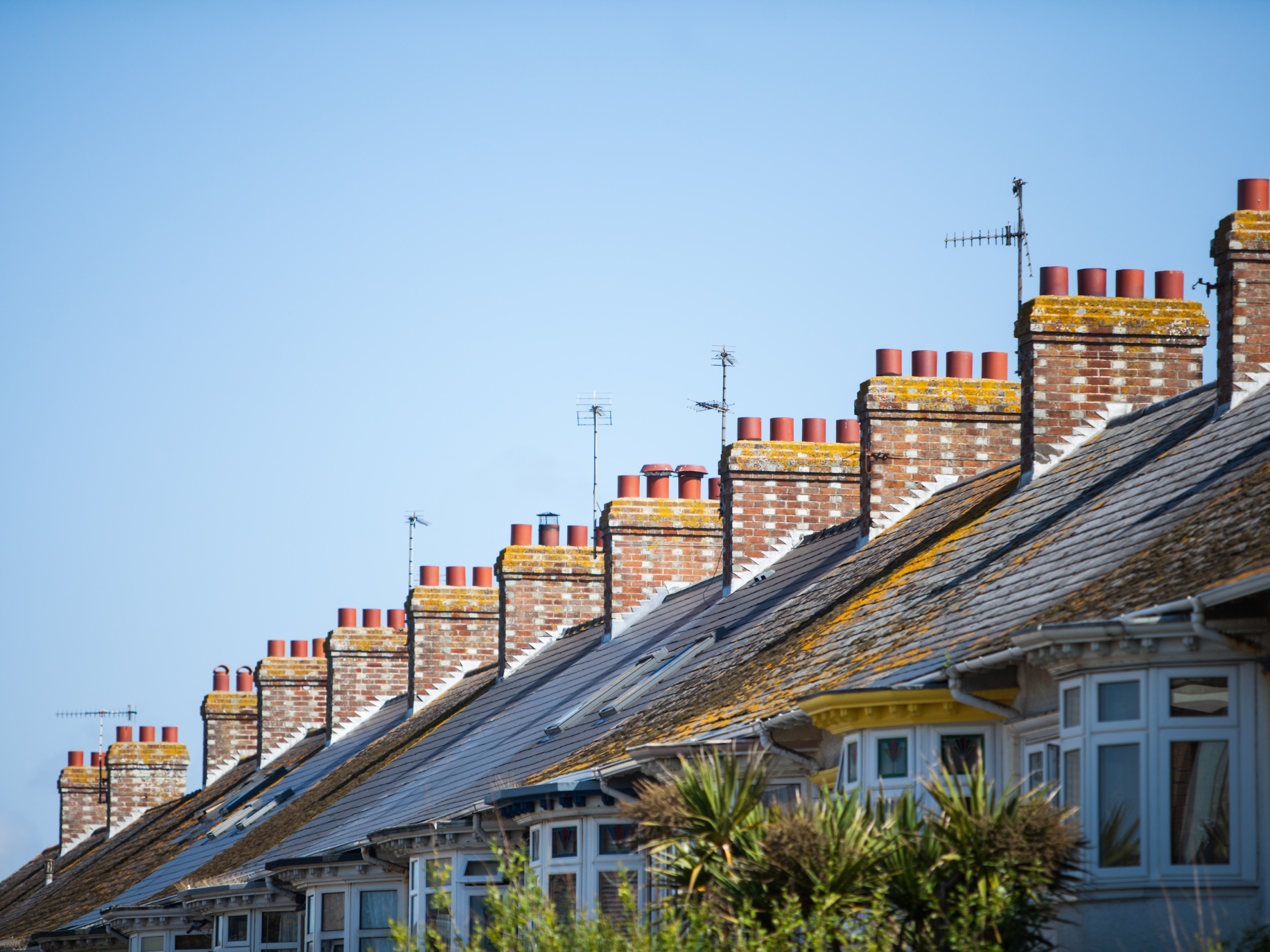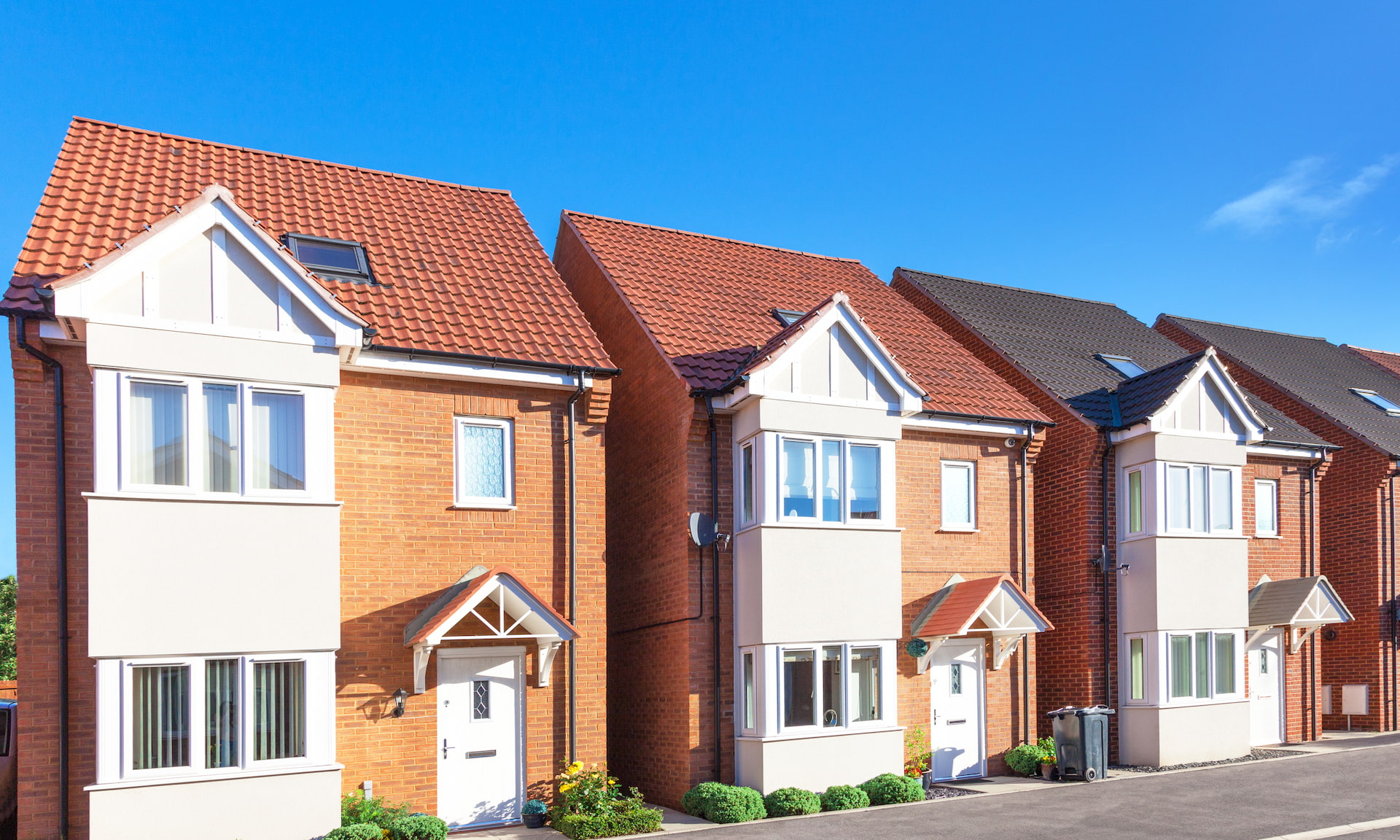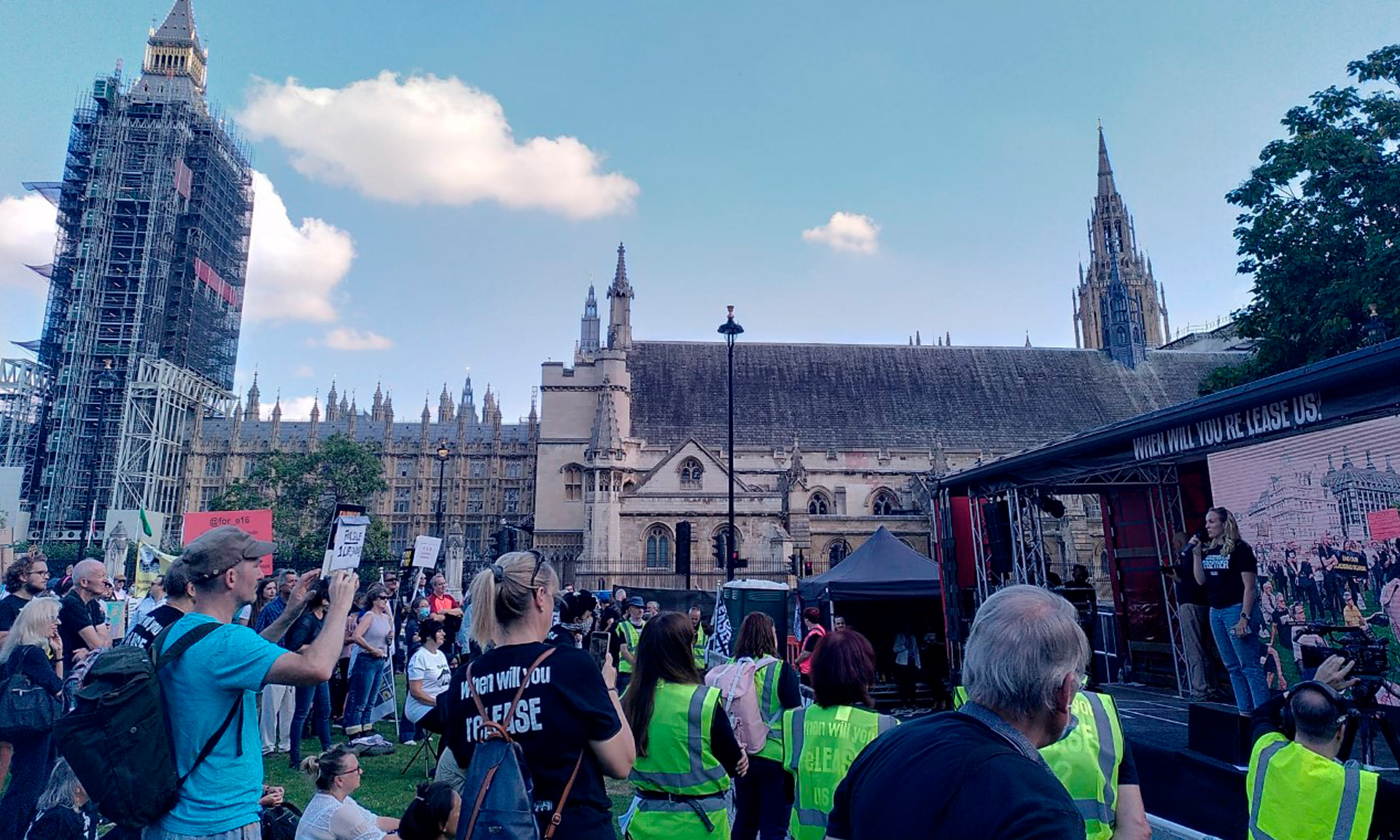
The stamp duty holiday has revitalised the property market, resulting in homebuyers rushing to get deals over the line and house prices rising rapidly.
The tax break, which was introduced last July, enabled people to save up to £15,000 when buying a home.
It’s now too late to make such a large saving, but buyers in England and Northern Ireland can still cut thousands off their bills until the end of September.
Here, Which? explains how the stamp duty holiday is changing from today, and offers advice on how much you could save when buying a home.
How does the stamp duty holiday work?
Last July, the government temporarily introduced higher stamp duty thresholds in an attempt to get the property market moving after the first lockdown.
The changes enabled homebuyers in England and Northern Ireland to benefit from a £500,000 tax-free threshold, up from £125,000 for existing homeowners or £300,000 for first-time buyers.
This meant that a home mover buying a property for £500,000 or more would save £15,000 on the usual stamp duty bill.
In Wales, the standard threshold of £180,000 was increased to £250,000, and in Scotland, the threshold of £145,000 (or £175,000 for first-time buyers) was increased to £250,000.
What’s changing from today?
Yesterday (30 June) was the last day to make big savings under the stamp duty holiday, but some buyers will still be able to benefit from smaller tax breaks if they purchase a home in the next few months.
In England and Northern Ireland, the temporary £500,000 tax-free threshold has been reduced to £250,000 from today until 30 September. From 1 October, it will return to the standard level of £125,000.
The stamp duty holidays in Scotland and Wales have both now come to a close, and thresholds have reverted back to their original levels.
How much will I save if I buy a home before 30 September?
The tapering of the allowance to £250,000 means that from today, the maximum saving available when buying a home is £2,500.
The table below shows how much you’ll need to pay in stamp duty when buying a property in England or Northern Ireland before the end of September.
| Property price | 1 July to 30 September (£250,000 threshold) | 1 October onwards (£125,000 threshold) |
| £200,000 | £0 | £2,500 |
| £300,000 | £2,500 | £5,000 |
| £400,000 | £7,500 | £10,000 |
| £500,000 | £12,500 | £15,000 |
| £600,000 | £17,500 | £20,000 |
Use our stamp duty calculator
If you’re considering buying a home and want to know how much you’ll need to pay in tax, you can use our stamp duty calculator below.
How will the changes affect first-time buyers?
Now that the threshold has been lowered to £250,000, first-time buyers in England and Northern Ireland won’t make any savings on stamp duty.
That’s because people buying their first home already benefit from a higher threshold of £300,000, which was introduced in 2017.
This allowance means most first-time buyers already don’t pay any stamp duty, unless they’re buying homes in more expensive areas.
Data from the Land Registry shows first-time buyers in England pay an average of £225,000, well below the £300,000 tax threshold.
How has the stamp duty holiday affected the market?
The stamp duty break has had a major effect on house prices, with Land Registry data showing prices are increasing by nearly 9% year on year.
Sales figures have also spiked. UK sales bottomed out at around 40,000 in last year’s lockdown but have topped 100,000 a month every month since last October, led by the stamp duty cut.
Rightmove estimates that 1.3 million buyers have benefited from the holiday across Great Britain, with sellers hiking asking prices by more than £16,000.
Increased competition and rising prices mean many buyers may have purchased their homes at the top of the market, perhaps paying premiums that outweighed the tax savings.
What will happen to house prices and sales?
Now the biggest savings have ended, it’s likely that we’ll see the property market settle down over the next few months.
This could result in house price growth slowing down, and some areas perhaps seeing prices stagnate or even fall slightly.
The rush to buy homes may also cool down, with buyers less eager to compete for properties and push purchases over the line.
A survey by Rightmove found that 25% of buyers who’ve missed the 30 June deadline will try to renegotiate their purchase price with the seller, while 13% will look to buy a cheaper home. Only 4% said they would completely abandon their plans to buy.
Advice on buying a home
If you’re looking to buy this year, we’re here to help with all the advice you need, whether you’re putting money aside for a deposit or are ready to apply for a mortgage.
As a starting point, check out our step-by-step guide to buying a house, which takes you on the journey from saving a deposit to exchanging contracts.
To help you get to grip with how mortgages work, we’ve got lots of advice on the different types of deal and how to apply.
Finally, why not check out our mortgage lender reviews, which combine customer ratings with our expert analysis to identify the UK’s best mortgage lenders.



